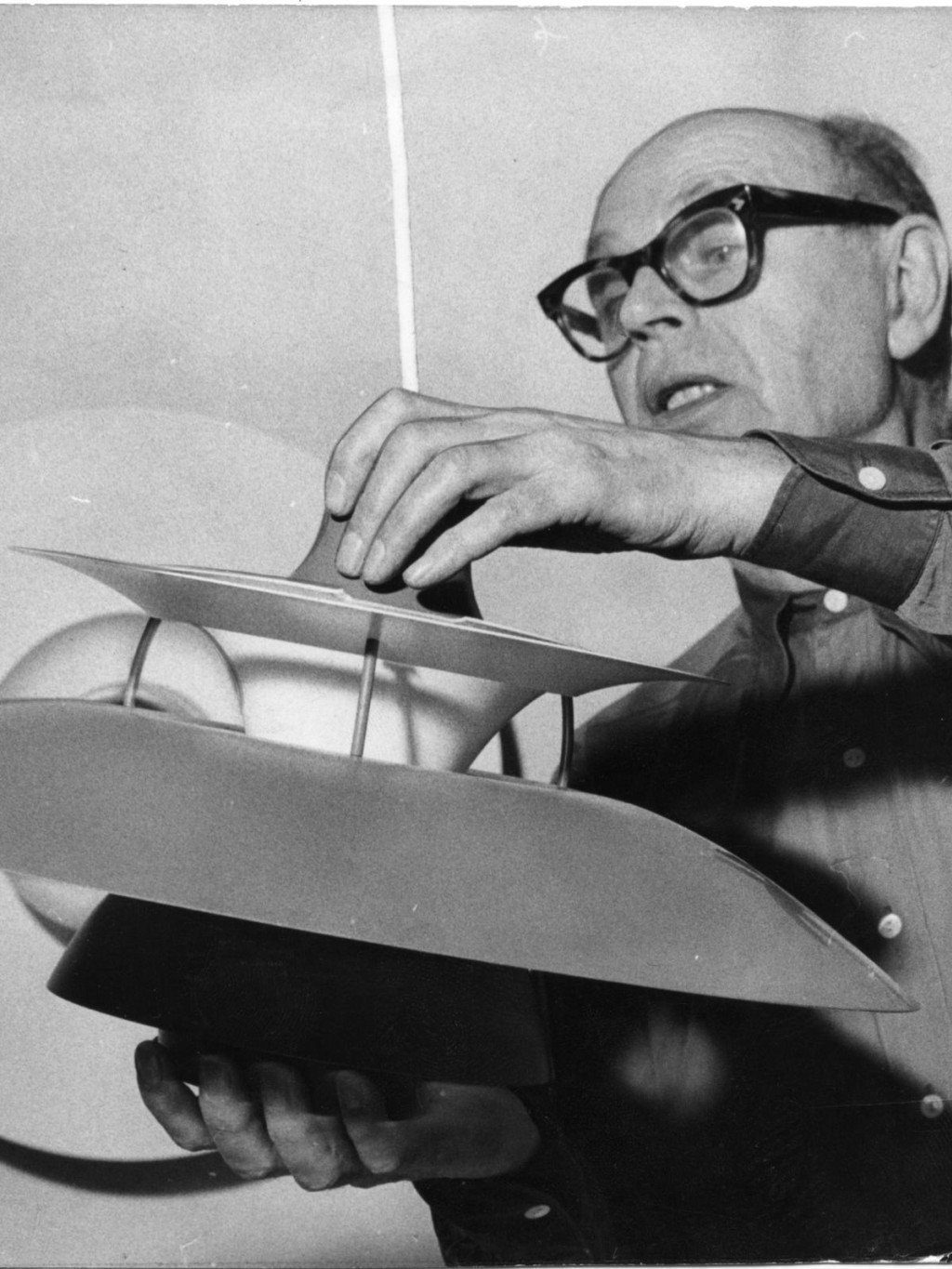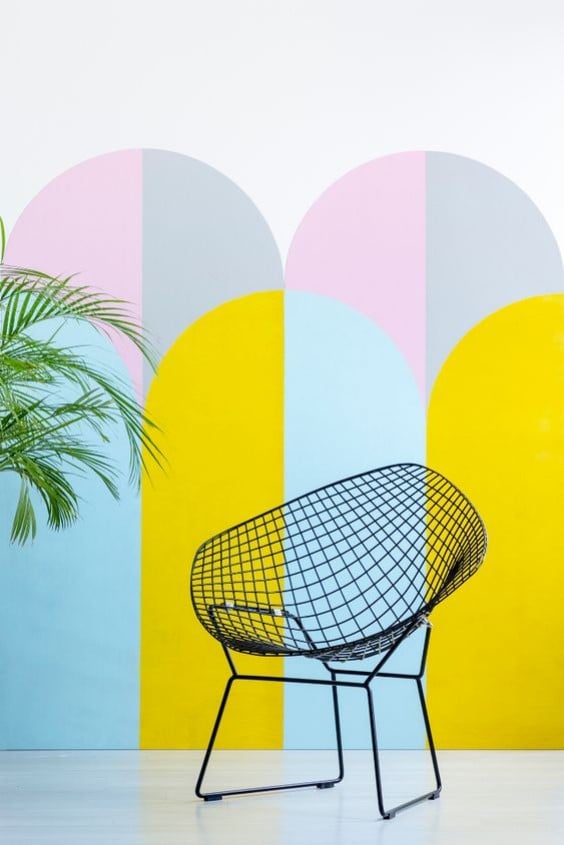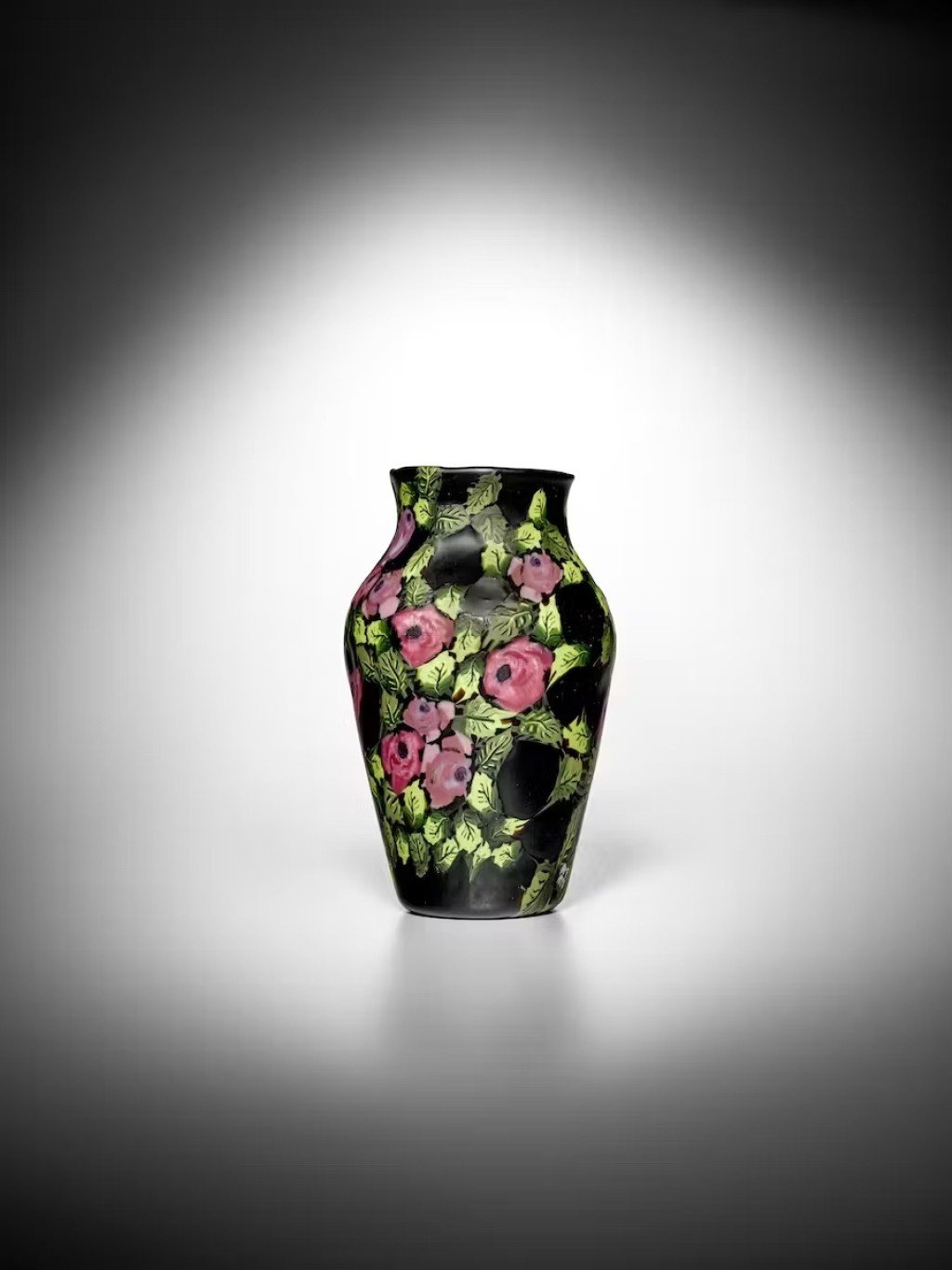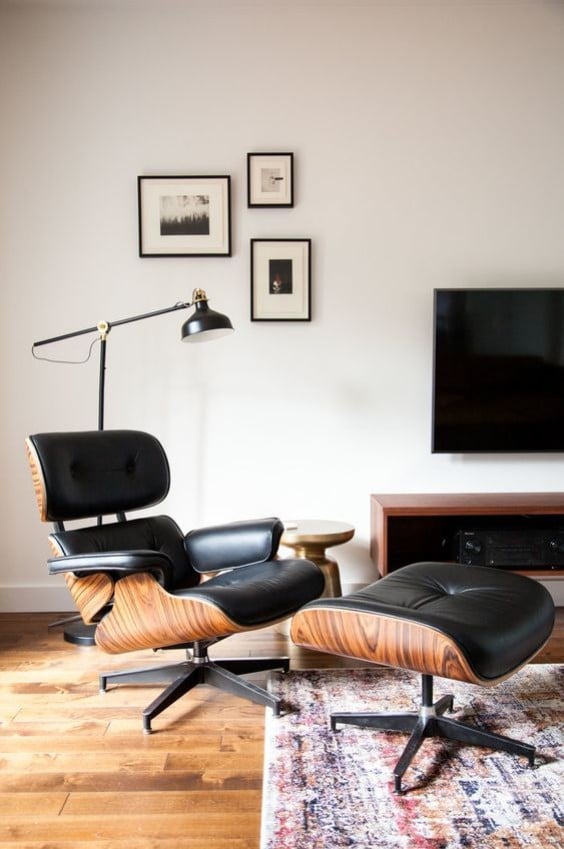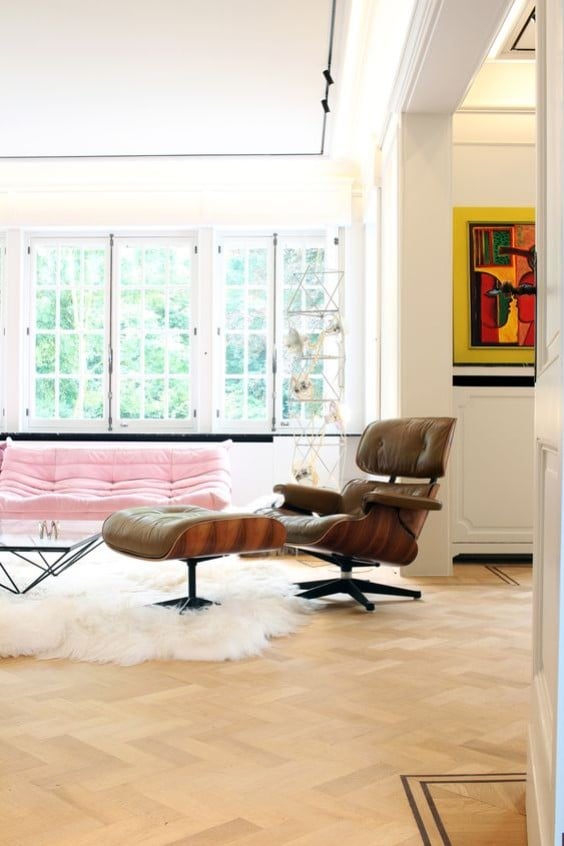More than a year ago, La Samaritaine department store reopened. Closed since 2005, the historic Parisian store was reborn after long works carried out by the direction of the Historic Monuments to restore the Art Nouveau and Art Deco buildings that make up an exceptional architectural ensemble. At the beginning of the 20th century and during the Roaring Twenties, a bourgeois clientele came to the department stores to find the latest trends in fashion, then progressively in furnishings. This article looks back at the places and events that helped spread Art Deco, of which department stores were a part.


Paris, 1910. The art nouveau that had been triumphant since the end of the 19th century was living its last hours. Art Deco, short for "Decorative Arts," succeeded it, bringing a less bombastic aesthetic language. To the arabesques and ornaments inspired by the forms of the living, succeeded an architectural style and design much more sober, with geometric lines that impose a return to the classical rigor. However, the decorator still enjoys a certain freedom, and designs furniture based on luxurious and exotic materials. The form changes and becomes more sober, but the purpose remains decorative.
To promote and disseminate the quality of French craftsmanship elevated to the rank of art (tapestry, cabinetmaking, goldsmithing, ceramics, glasswork, ironwork, etc.), and to claim the status of artist for the decorator, a small group of architects and artists founded the Société des Artistes Décorateurs in 1901. From then on, decorative artists had the same copyright as painters and sculptors.
In 1904, they created the Salon des Artistes Décorateurs (SAD), which was to play an important role in the expression and diffusion of Art Deco in France. Indeed, the SAD is one of the first annual professional events that presents furniture and sets staged by French decorators. The show quickly became the reference in the field of furniture. Places are expensive to exhibit one's work at the show: a merciless jury deliberates.



In addition to the Salon des Artistes Décorateurs, Parisian department stores became a veritable showcase of French craftsmanship in furnishings and participated in the rise of Art Deco. At the beginning of the 20th century, several great patrons had gigantic stores built in the Art Nouveau style, then Art Deco, which became temples of modern consumption. Their stroke of genius: inventing experiential marketing before its time. We owe them, for example, the first fitting rooms, illustrated catalogs, or the reading room so that husbands can occupy themselves while their wives shop.


The formula works, and gradually the patrons of these department stores will have another brilliant idea: to combine the trade with works of art and luxurious furniture to create a refined atmosphere. As early as 1880, the department store Le Bon Marché offered its customers pieces of furniture (curtains and seats) that it had made and displayed in the furniture gallery located in the department store annex. In 1923, Le Bon Marché entrusted the French cabinetmaker and decorator Paul Follot with the management of "Pomone", the department store's art workshop. Le Bon Marché offered its clientele all the creations of the applied arts and was largely inspired by the great Art Deco decorators of the time, such as Jacques-Emile Ruhlmann, Jules Leleu, Louis Süe, Maurice Dufrène, etc. Department stores became a place for the dissemination of Art Deco, in line with the modern expectations of the new consumer.



Like Le Bon Marché, Les Galeries Lafayette Hausmann also opened its own applied arts workshops in 1922 under the name "La Maîtrise". The interior architect and chief decorator Maurice Dufrène took over the artistic direction. Among the collaborators of La Maîtrise were the decorators Jean and Jacques Adnet. Jean Adnet was an active member of the Société des Artistes Décorateurs and became a renowned specialist in the art of display.



René Guilleré, founder of the Société des Artistes Décorateurs, was a forerunner in the installation of art studios within department stores. In 1912, he was the first to convince the Printemps department stores to produce their own furniture and art objects. Thus was born La Primavera, the art workshop of the department store founded by Jules Jaluzot and Augustine Figeac. The influence of department stores on fashion and furnishings was such that the art studios of Printemps, Galeries Lafayette and Bon Marché, as well as that of the Louvre stores, were each awarded a pavilion for the 1925 International Exhibition of Modern Decorative and Industrial Arts, in the heart of the French section.






The Exposition internationale des arts décoratifs et industriels modernes marked the apogee of the Art Deco style. The event had an international impact and played an undeniable role in the worldwide diffusion of French Art Deco. French architects and artists became very much in demand in the following decade to work on many ambitious projects. In 1935, the liner Le Normandie left Le Havre for New York. On board, the "must" of French Art Deco know-how. The interior design was supervised by architects and decorators Richard Bouwens de Boijen, Roger Henri-Expert, Pierre Patout and Henri Pacon, who gathered around them the best French craftsmen of the time.

